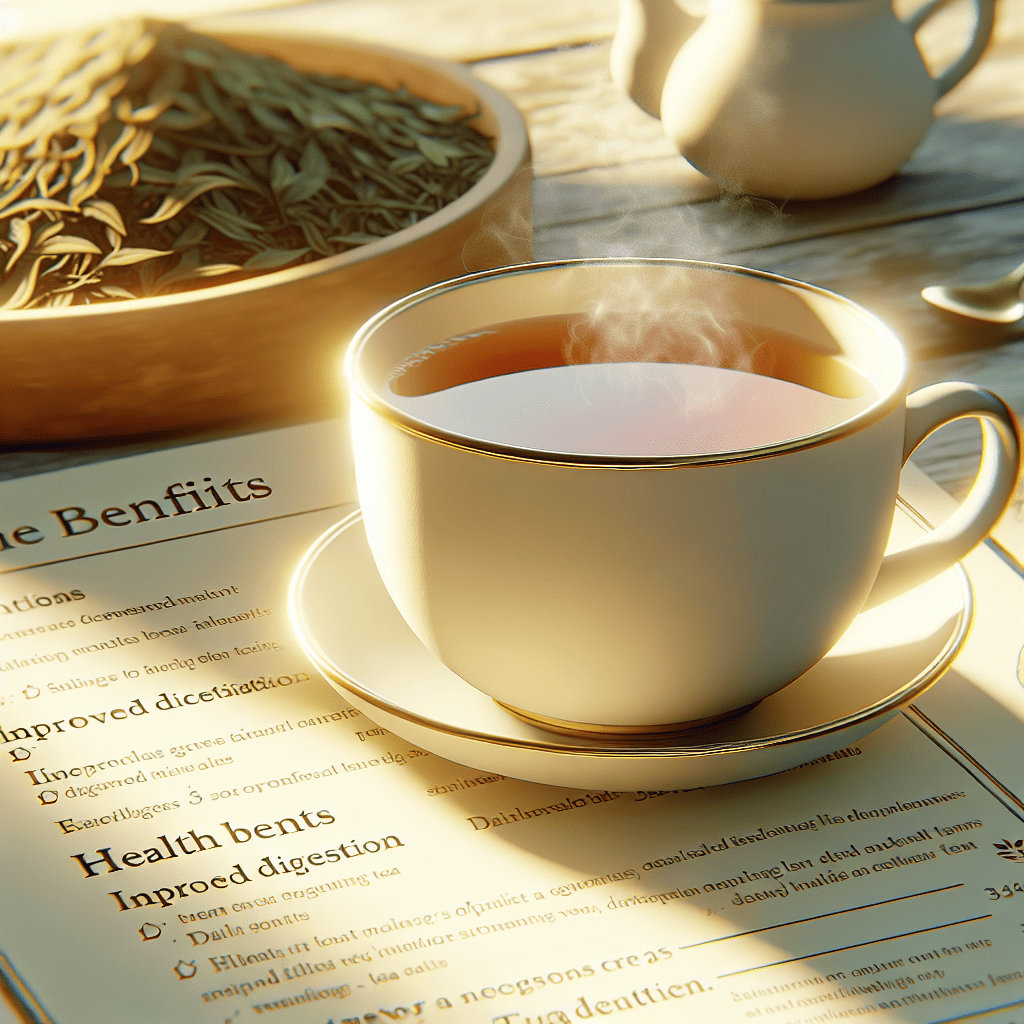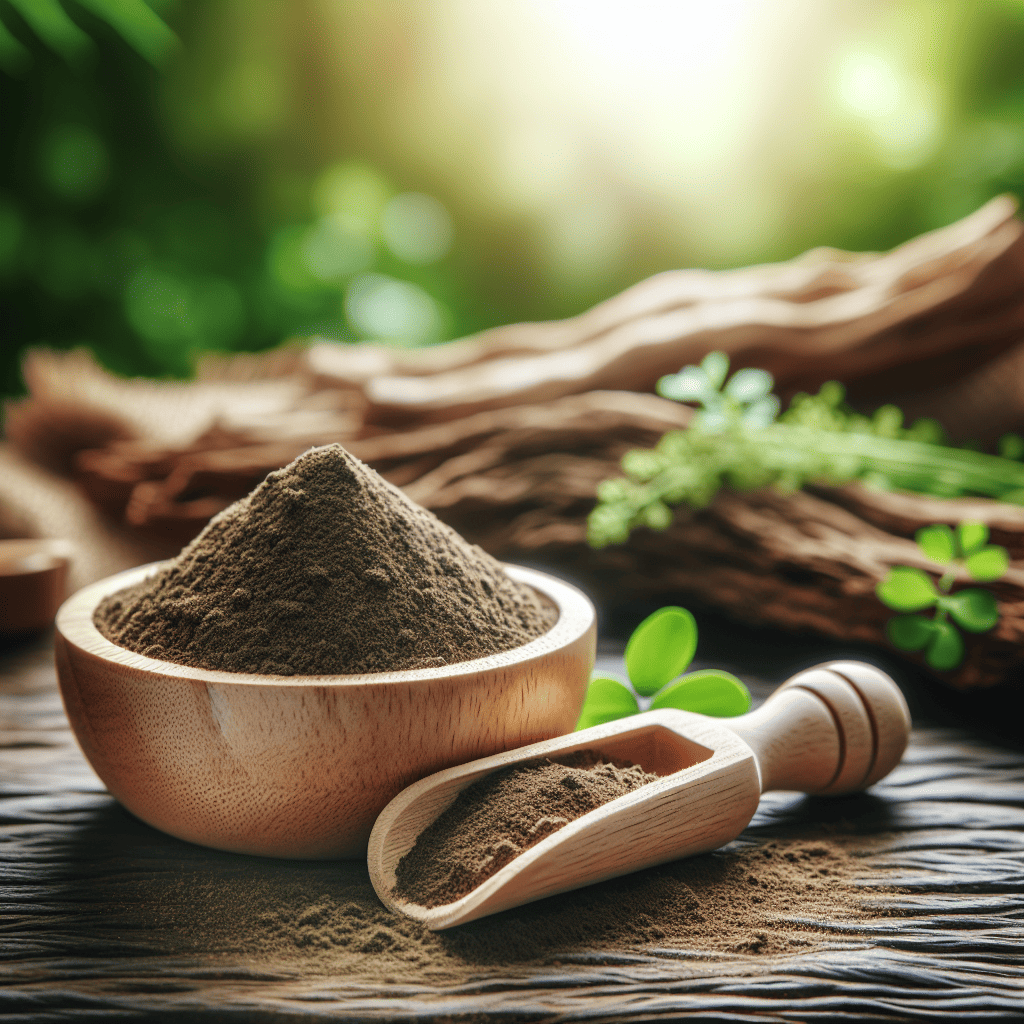Introduction: Dairy branch tea, also known as moringa or the ‘tree of life’, has gained popularity for its medicinal properties and health benefits. In this comprehensive guide, we will delve into the benefits of consuming dairy branch tea, precautions to be taken, and the proper way to drink this herbal infusion.
Table of Contents
Benefits of Dairy Branch Tea
Dairy branch tea offers a myriad of health benefits:
- Improvement of Heart Health:
Dairy branch tea, also known as tea made from the branches of the gyokuro tea plant, has been linked to potential heart health benefits. The branches of gyokuro tea plant are rich in nutrients and bioactive compounds that can positively impact cardiovascular health. One significant way in which dairy branch tea may promote heart health is by helping to balance blood pressure levels. High blood pressure, also known as hypertension, is a major risk factor for heart disease and stroke. Consuming dairy branch tea regularly may help in relaxing blood vessels and improving blood flow, thus contributing to the regulation of blood pressure.
Moreover, dairy branch tea could also play a role in balancing cholesterol levels, which is another vital aspect of heart health. High levels of LDL cholesterol (bad cholesterol) in the blood can lead to the accumulation of plaque in arteries, increasing the risk of heart disease. On the other hand, HDL cholesterol (good cholesterol) helps to remove LDL cholesterol from the arteries, reducing the risk of cardiovascular issues. Some studies suggest that the compounds found in dairy branch tea might help in lowering LDL cholesterol while promoting the increase of HDL cholesterol, creating a more favorable balance that supports heart health.
Incorporating dairy branch tea into a balanced diet and healthy lifestyle may offer a natural way to support heart health. Along with its potential benefits for blood pressure and cholesterol levels, dairy branch tea is also a source of antioxidants, vitamins, and minerals that can provide overall health advantages. However, it’s important to note that while dairy branch tea shows promise in promoting heart health, it should not be viewed as a standalone solution. Maintaining a heart-healthy diet, engaging in regular physical activity, managing stress levels, and avoiding harmful habits like smoking are all crucial components of a holistic approach to supporting cardiovascular well-being.
- Balancing Blood Sugar:
Cinnamon is a spice derived from the inner bark of trees from the genus Cinnamomum, and it is renowned for its ability to help regulate blood sugar levels. This is particularly beneficial for individuals with diabetes, as it can aid in controlling their blood sugar levels. The active compound in cinnamon, cinnamaldehyde, is believed to have a positive impact on insulin sensitivity, which is crucial for managing diabetes. By improving insulin sensitivity, cinnamon can help cells effectively take up sugar from the bloodstream, thus preventing spikes and crashes in blood sugar levels. This can lead to more stable energy levels and better overall health for diabetic individuals.
Additionally, cinnamon may also help reduce the risk of developing type 2 diabetes in individuals who have prediabetes. Prediabetes is a condition where blood sugar levels are higher than normal but not high enough to be classified as type 2 diabetes. Studies have shown that regular consumption of cinnamon can improve insulin sensitivity and reduce fasting blood sugar levels in people with prediabetes, thus potentially lowering the risk of progression to type 2 diabetes. By including cinnamon in their diet, individuals with prediabetes can take proactive steps towards better blood sugar control and overall health.
Moreover, the antioxidant properties of cinnamon can provide additional benefits for individuals with diabetes. Chronic high blood sugar levels can lead to increased oxidative stress in the body, which can damage cells and contribute to the development of complications associated with diabetes, such as cardiovascular disease. Cinnamon, with its abundance of antioxidants, can help combat oxidative stress and reduce inflammation in the body. By incorporating cinnamon into their diet, individuals with diabetes can potentially lower their risk of developing complications and improve their overall well-being.
The Prohibitions of Eating Dairy Branch Tea
While dairy branch tea is generally safe, there are certain precautions to consider:
- Medication Interactions:
Before incorporating dairy branch tea into your diet, especially if you are currently taking medications such as those for diabetes or thyroid conditions, it is essential to seek advice from a healthcare professional. Interactions between certain medications and components in dairy branch tea could potentially affect the effectiveness of the medications or cause unwanted side effects. Since dairy branch tea is known for its potential health benefits, including improving digestion and boosting the immune system, consulting a healthcare provider can help to ensure that its consumption is safe and does not interfere with ongoing treatments or medications.
When discussing the use of dairy branch tea with a healthcare professional, provide detailed information about your current medical conditions, existing medications, and any allergies or sensitivities you may have. This information will allow the healthcare provider to make an informed decision regarding the potential risks and benefits of incorporating dairy branch tea into your daily routine. Additionally, the healthcare professional can offer personalized advice on the appropriate dosage, frequency of consumption, and any precautions to take while using dairy branch tea alongside medications for diabetes or thyroid issues. By having this discussion, you can work together to create a well-rounded health plan that considers both traditional treatments and complementary strategies like herbal teas.
It is important to remember that natural remedies, including herbal teas like dairy branch tea, can have powerful effects on the body and may interact with medications in unexpected ways. While dairy branch tea is generally considered safe for most people when consumed in moderation, individuals with specific health concerns or underlying medical conditions should exercise caution. By consulting a healthcare professional before incorporating dairy branch tea into your routine, you can prioritize your health and well-being while ensuring that any potential risks are minimized. This proactive approach to combining traditional medications with natural remedies can help you achieve optimal health outcomes and overall wellness.
- Pregnancy Precautions:
Pregnant women should be cautious and avoid consuming dairy branch tea because it may pose potential risks related to the bark of the branch tree. The branch tree, known scientifically as Gymnema sylvestre, is a woody climbing shrub native to the tropical forests of India, Africa, and Australia. In traditional medicine, the bark of the branch tree has been used for its potential medicinal properties, particularly in managing diabetes and reducing sugar cravings. However, during pregnancy, it is essential for women to be mindful of what they consume as certain herbs and plants can have adverse effects on fetal development.
The specific concern with dairy branch tea during pregnancy lies in the compounds found in Gymnema sylvestre. Some studies have suggested that these compounds, when consumed in large amounts, could potentially stimulate contractions in the uterus, leading to a risk of preterm labor or miscarriage. Additionally, the safety of using Gymnema sylvestre, including the bark, during pregnancy has not been extensively studied, and there is limited information available on its potential effects on both the mother and the developing fetus. Therefore, to err on the side of caution, it is generally recommended that pregnant women avoid dairy branch tea until more research is conducted to establish its safety during pregnancy.
While dairy branch tea is often promoted for its potential health benefits in certain populations, including individuals with diabetes or those looking to manage their sugar intake, pregnant women should prioritize the safety of their unborn child. It is advisable for pregnant women to consult with their healthcare provider or a qualified herbalist before introducing any new herbal teas or supplements into their diet. By seeking professional guidance and staying informed about the potential risks associated with certain herbs like Gymnema sylvestre, pregnant women can make informed decisions to protect both their health and the well-being of their baby during this critical time.
How to Drink Dairy Branch Tea
Learn the steps to prepare and enjoy a refreshing cup of dairy branch tea:
- Ingredients for Preparation:
Dairy branch tea is a traditional herbal tea that is made using the dried leaves of the branch tree. The branch tree, also known as Gymnema sylvestre, is a woody climbing shrub native to the tropical forests of India, Africa, and Australia. The dried leaves of the branch tree contain several bioactive compounds that are believed to have medicinal properties. These compounds are known to help regulate blood sugar levels, suppress sweet cravings, and aid in digestion.
To prepare dairy branch tea, you will first need to gather the dried leaves of the branch tree. The leaves can be either purchased from specialty stores or harvested from the branch tree itself. Once you have obtained the dried leaves, the next step is to boil water. It is important to use hot but not boiling water to steep the leaves, as boiling water can destroy some of the delicate compounds present in the leaves. After the water is heated to the correct temperature, you can add the dried leaves to steep. Let the leaves steep for about 5-10 minutes to allow the flavors and beneficial compounds to infuse into the water. The resulting tea will have a slightly bitter and earthy taste, which some people find pleasant and refreshing.
Overall, dairy branch tea is a simple yet unique herbal tea that offers a variety of potential health benefits. From its ability to help manage blood sugar levels to its digestive benefits, dairy branch tea can be a healthy addition to your daily routine. Whether enjoyed hot or cold, dairy branch tea provides a soothing and flavorful beverage option that can be enjoyed throughout the day. So next time you’re looking for a new and beneficial herbal tea to try, consider brewing a batch of dairy branch tea for a refreshing and healthful experience.
- Preparation Method:
Making tea from dried leaves is a simple and satisfying process. To begin, you’ll want to select your favorite dried leaves and place them in a teapot. Whether you prefer the robust flavor of black tea, the delicate notes of green tea, or the herbal infusion of chamomile, the choice is yours. The amount of leaves you use will depend on your personal taste preference and the strength of flavor you desire.
Once you have filled your teapot with the dried leaves, the next step is to pour hot water over them. The temperature of the water will depend on the type of tea you are making; for example, black tea typically requires water that is near boiling, while green tea is best with water that has slightly cooled after boiling. Allow the leaves to steep in the hot water for a few minutes to extract the flavors and aromas. Steeping time can vary depending on the type of tea and your desired strength of flavor, so you may want to experiment to find the perfect balance for your taste buds.
After the leaves have steeped to your liking, it’s time to strain the tea before enjoying it. Depending on the teapot you used, you may have a built-in strainer or you may need to use a separate strainer as you pour the tea into your cup. Straining the tea ensures that you have a smooth and leaf-free experience while sipping your beverage. Once strained, take a moment to inhale the fragrant steam rising from your cup before taking your first sip. Sit back, relax, and savor the delightful flavors of your homemade tea. Whether enjoyed hot or poured over ice, there’s something truly special about brewing a cup of tea from dried leaves that can brighten your day.




